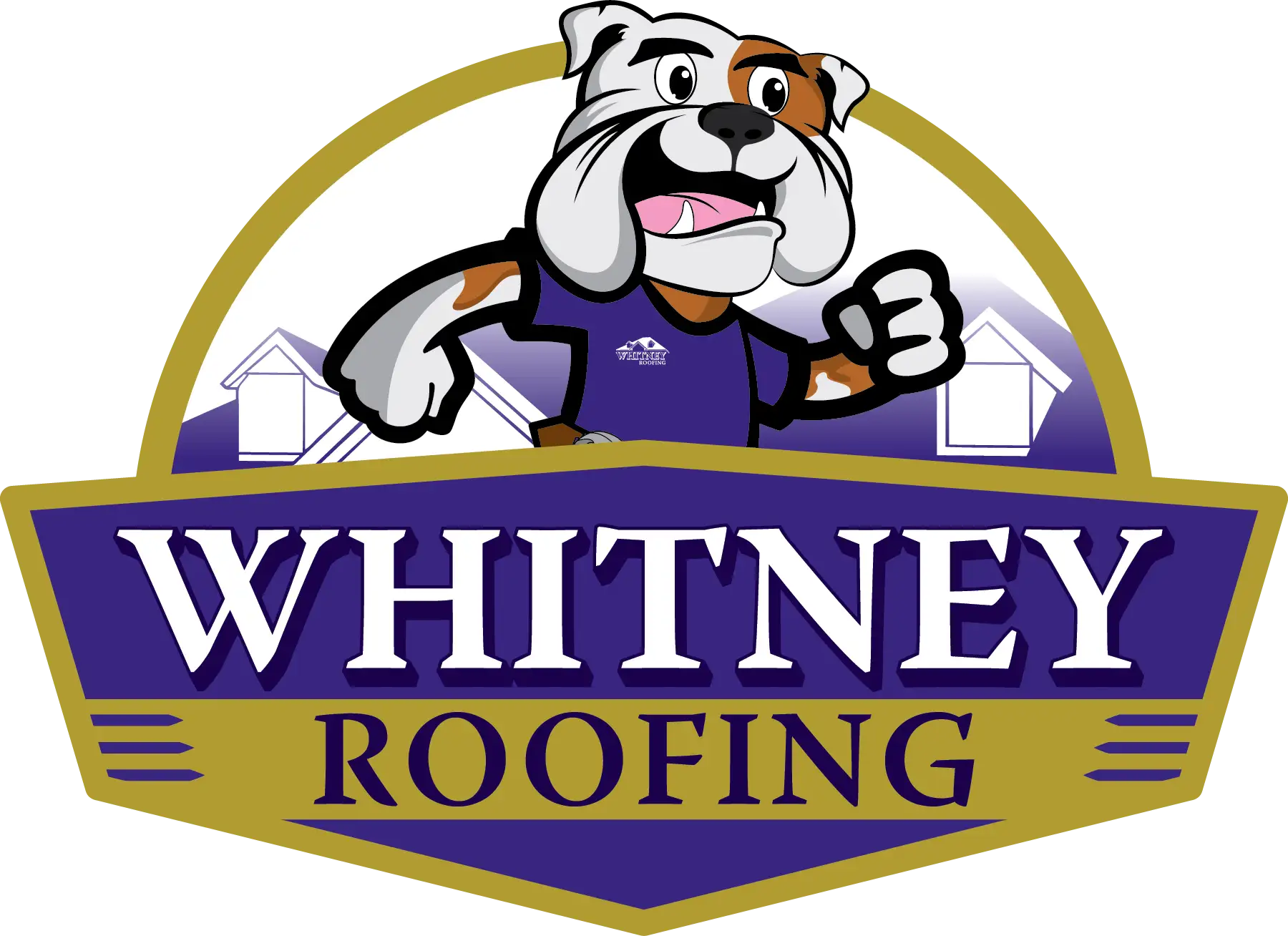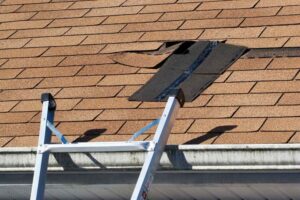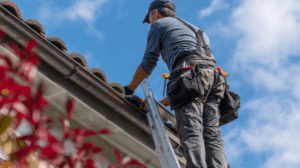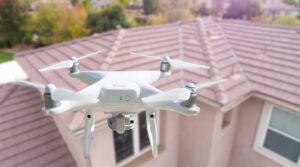Did you know that low-slope roofs cover more than 60% of commercial buildings in the United States? Their widespread popularity is no accident—they offer a cost-effective, durable, and versatile solution for businesses of all sizes. Whether you’re managing a warehouse, retail complex, or office building, low-slope commercial roofing is designed to protect your property and accommodate your specific needs.
However, not all low-slope roofing systems are created equal, and understanding your options is crucial to making the right choice. From the benefits of low-slope roofs to the best commercial roof types and maintenance tips, this guide will help you navigate the essentials of low-slope roofing. Plus, we’ll share how Whitney Roofing can deliver expert solutions to ensure your roof remains reliable for years to come.
Let’s dive into everything you need to know about low-slope commercial roofing to make the most of your investment.
What Is Low-Slope Commercial Roofing?
A low-slope roof is any roof with a gentle slope, typically less than 3 inches of vertical rise for every 12 inches of horizontal run. While these roofs may look flat, their slight pitch is crucial for drainage and preventing water buildup.
Low-slope roofs are the go-to choice for commercial buildings because they’re affordable, easy to install, and can cover large areas efficiently. They also provide a versatile platform for additional features like HVAC systems, solar panels, or green roofs.
Fact #1 – Low-Slope Roofs Are Cost-Effective
One of the main reasons business owners prefer low-slope roofs is their affordability compared to steep-slope roofing systems.
Lower Installation Costs
Low-slope roofs require fewer materials and take less time to install, resulting in lower upfront costs. Their simple design also reduces labor expenses, making them an economical solution for large buildings.
Long-Term Energy Savings
Low-slope roofs are excellent for improving energy efficiency. Many systems feature reflective coatings or membranes that reduce heat absorption, keeping the building cooler and lowering air conditioning costs.
How Whitney Roofing Can Help: Whitney Roofing installs low-slope roofing systems with energy-efficient features designed to save your business money. Whether it’s a reflective TPO system or an insulated EPDM roof, we ensure your building is protected and efficient.
Fact #2 – There Are Several Low-Slope Commercial Roof Types
Low-slope roofs come in a variety of materials, each offering unique benefits. The right choice for your building depends on factors like durability, budget, and maintenance needs.
TPO Roofing
Thermoplastic Polyolefin (TPO) is one of the most popular low-slope roofing materials. It’s durable, lightweight, and highly reflective, making it an energy-efficient option for businesses looking to reduce cooling costs.
PVC Roofing
Polyvinyl Chloride (PVC) roofing is another excellent option for low-slope roofs, particularly for buildings exposed to chemicals or grease, such as restaurants and factories. PVC is highly resistant to punctures and fire, providing long-lasting protection.
EPDM Roofing
Ethylene Propylene Diene Monomer (EPDM), often called “rubber roofing,” is a cost-effective and versatile choice for low-slope roofs. Its flexibility allows it to withstand extreme weather conditions, making it ideal for areas with fluctuating temperatures.
How Whitney Roofing Can Help: As certified installers of TPO, PVC, and EPDM systems, Whitney Roofing can help you choose the right material for your building. Our team will evaluate your needs and recommend a solution that balances performance and budget.
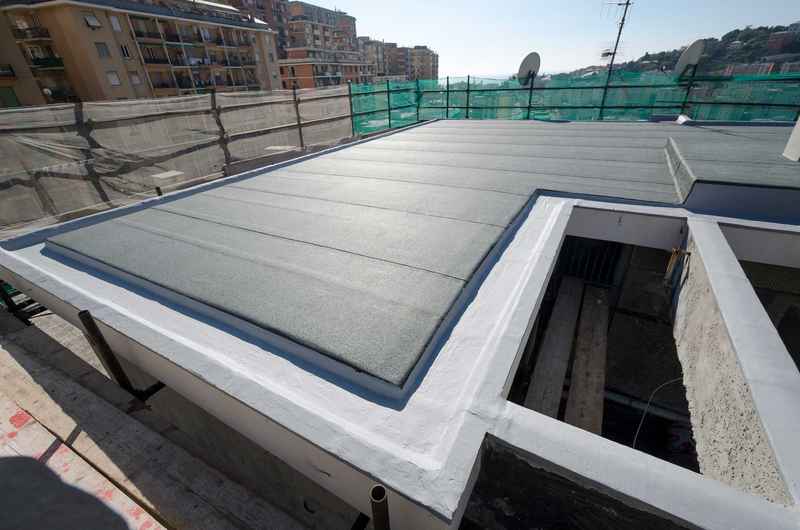
Fact #3 – Regular Maintenance Extends Roof Lifespan
Low-slope commercial roofing systems are designed for durability, but they still require regular maintenance to perform at their best. Skipping maintenance can lead to issues like leaks, ponding water, or premature aging of materials.
The Importance of Inspections
Flat roofs should be inspected at least twice a year—once in the spring and again in the fall. Inspections help identify small problems like membrane tears or clogged drains before they turn into major repairs.
Cleaning and Preventative Care
Debris, such as leaves and dirt, can accumulate on low-slope roofs, blocking drains and increasing the risk of ponding water. Regular cleaning and preventative care help maintain proper drainage and extend the life of your roof.
How Whitney Roofing Can Help: Whitney Roofing offers maintenance plans to keep your roof in top condition. From seasonal inspections to debris removal, our services are designed to prevent costly repairs and ensure your roof lasts as long as possible.
Fact #4 – Ponding Water Is a Common Concern
While low-slope roofs are designed with drainage in mind, ponding water is still one of the most common issues they face. Standing water can weaken the roof structure, cause leaks, and even lead to mold or algae growth.
Why Ponding Water Happens
- Clogged or poorly maintained drains
- Incorrect installation or uneven surfaces
- Insufficient slope design
Solutions for Ponding Water
Addressing ponding water requires proper drainage systems, regular maintenance, and timely repairs to correct any uneven surfaces.
How Whitney Roofing Can Help: Our experts can identify the root cause of ponding water on your low-slope roof and provide customized solutions, such as improving drainage or leveling the roof.
Fact #5 – Low-Slope Roofs Are Highly Versatile
One of the greatest benefits of low-slope roofs is their versatility. Unlike steep-slope roofs, low-slope systems offer plenty of usable space for additional features.
Rooftop Equipment
Low-slope roofs are ideal for installing and maintaining HVAC systems, exhaust fans, and other equipment. The flat surface makes it easier to access and service these systems when needed.
Sustainable Options
Low-slope roofs can accommodate solar panels, helping businesses reduce energy costs and improve sustainability. They’re also great for green roofs, which provide insulation, improve air quality, and reduce stormwater runoff.
How Whitney Roofing Can Help: Whitney Roofing ensures your low-slope roof is ready to support these features. We install durable systems that can handle additional weight and provide long-lasting performance.
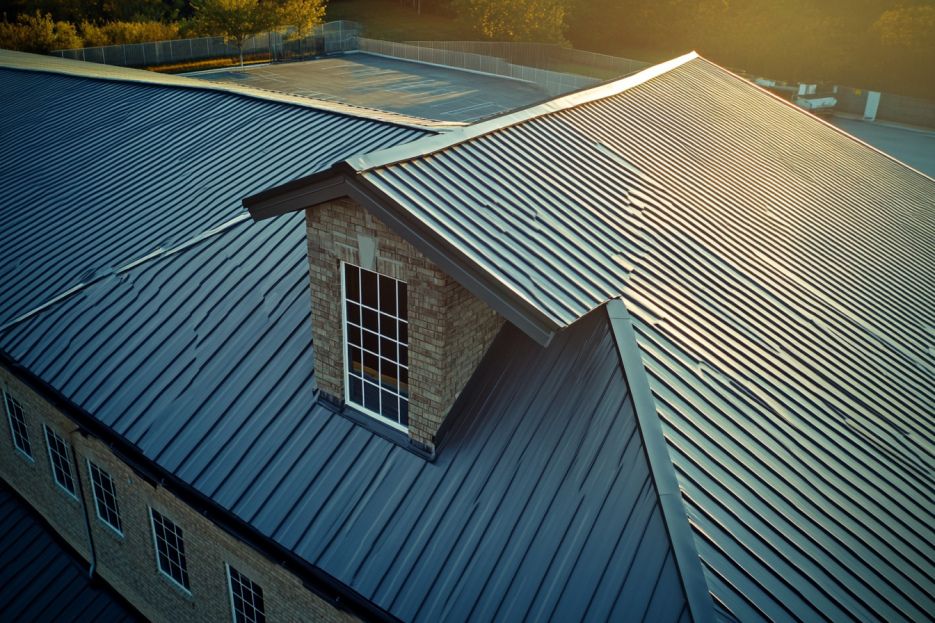
Why Whitney Roofing Is the Right Partner for Your Low-Slope Roofing Needs
At Whitney Roofing, we specialize in low-slope commercial roofing systems, from installations to repairs and maintenance. With industry-leading certifications and a commitment to quality, we’re here to help you make the most of your roof investment.
What We Offer
- Expert installation of TPO, PVC, and EPDM roofing systems
- Maintenance plans to extend the life of your roof
- Reliable repairs for leaks, ponding water, and other issues
- Transparent communication and personalized solutions
Take the Next Step with Whitney Roofing
Your roof is a vital part of your commercial property, and investing in the right system and maintenance can save you time and money in the long run. Whether you need a new low-slope roof, regular maintenance, or a repair, Whitney Roofing is here to help.
Call us today at 217-454-3541
Email us at bwhitney@whitneyroofinginc.com
Let Whitney Roofing bring quality where it counts to your commercial roof.
